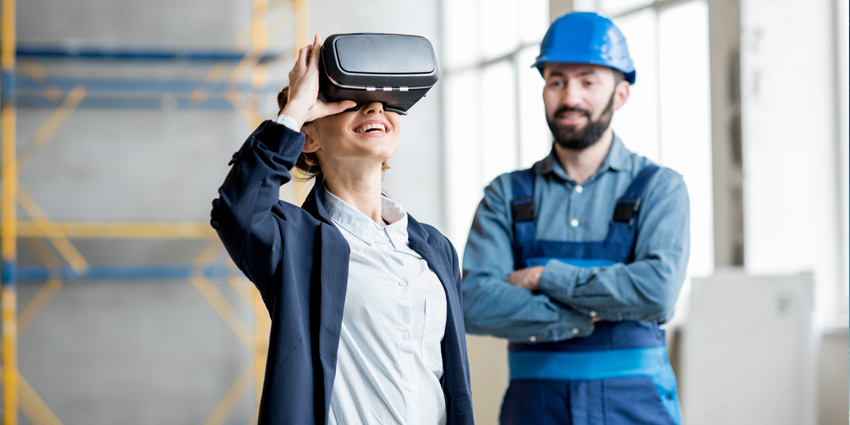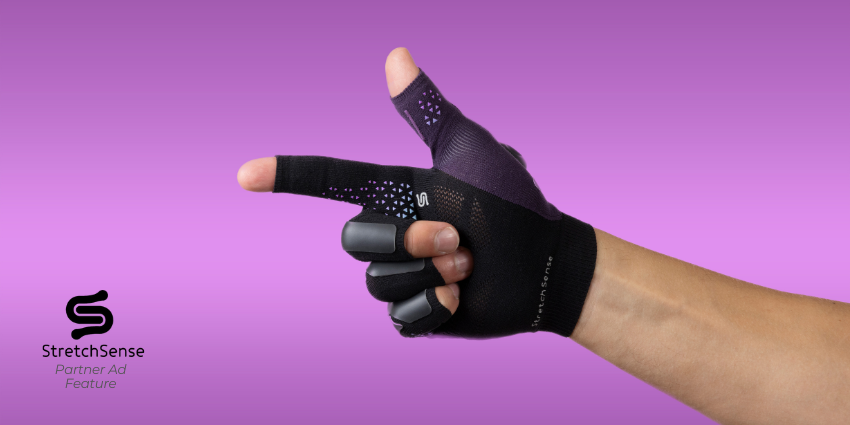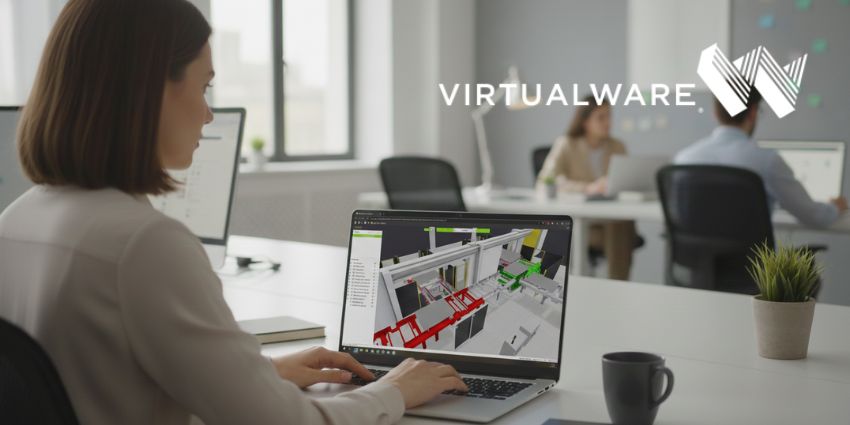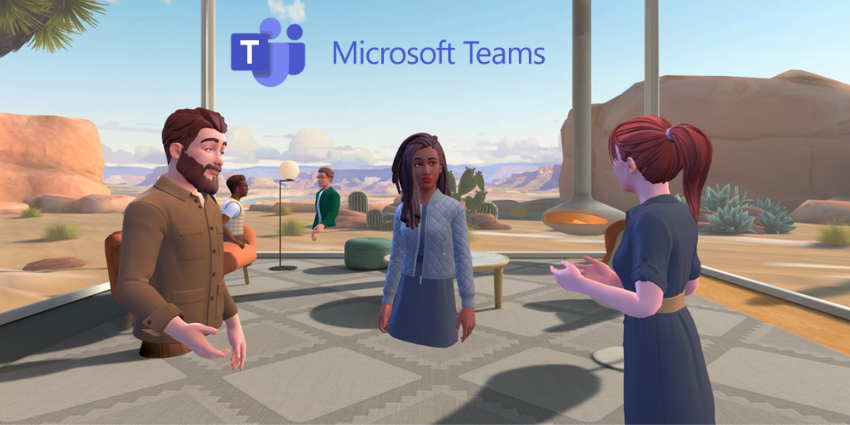Virtual Reality or “VR” has a role to play in the evolution of almost every industry. Health institutions are using VR to support the training and development of surgeons. Business landscapes rely on VR to bring hybrid and remote teams together. In construction, VR could be the tool paving the way to better production cycles, and enhanced products.
The construction industry is one that has always relied heavily on industrial equipment and reliable tools. Virtual Reality could be the next step on the path to a stronger Industry 4.0 experience for construction groups, where innovation can happen at record speed.
VR in construction paves the way to a future where teams can build prototypes faster, reduce on-site visitation, and even enhance everyday maintenance.
VR Builds a Brighter Future for Construction
According to Capgemini, around 43% of manufacturing companies believe VR will be a mainstream feature of their business in the next 3 years. The construction and manufacturing sectors are some of the areas deemed to have the highest potential when it comes to VR innovation.
In a construction environment, VR can allow employees to build and demo prototypes of new products and equipment, without having to rely on complex presentations. Construction professionals can learn how to use new equipment without risk, and teams can work more seamlessly together on the introduction of new products.
In the past, alternatives like 3D modelling and computer-aided design have had huge impacts on the construction industry. However, these expensive tools do have limitations in their potential. VR could be the key to benefits like:
1. Reduced On-Site Visitation
Construction and manufacturing sites can often be cluttered environments, as it’s not just the primary personnel that need to be present, but supervisors and managers too. Architects, designers, and company representatives can benefit from visiting the location at times too.
VR reduces the risk involved in bringing new people onto the construction floor, by allowing anyone to inspect or check a project without having to travel to it in person. When problems occur with a malfunctioning machine or device, companies don’t have to wait days for an engineer to come out. Instead, a VR system can allow engineers to view the issue from a distance and provide guidance to on-site personnel on how to fix it.
Companies can even build better relationships with stakeholders and clients by allowing them to use a VR system to see a version of the project as it is in the moment. This reduces the demand for travel for stakeholders and allows for a better insight into the productivity of the company.
2. Fix Issues Before they Arise
The ability to conduct more regular virtual inspections without expensive travel requirements allows for errors and issues to be found more frequently. A problem discovered during construction can be very expensive and time-consuming to fix; VR solutions could help companies to stay ahead of potential issue. The right technology could even reduce the risk of errors.
By building prototypes and versions of products in VR before constructing them physically, companies can experiment with what will and won’t work ahead of time. It’s even easier to predict potential problems and avoid them during the final construction process. This reduces the need for replacements and rebuilds in a time-sensitive process.
Because companies can test the performance of products before building them in the physical world, VR can also cut down on the costs of using unnecessary resources and supplies too. From a quality control perspective, VR has the potential to create hyper accurate versions of projects, and examine them in advance for any potential problems.
3. Better Safety and Training Opportunities
We mentioned above that virtual reality can reduce the risks associated with bringing non-construction personnel onto the manufacturing floor. However, it’s worth noting that all manufacturing employees are exposed to more risk than many other professionals. To avoid unnecessary mistakes and accidents, regular training and support is necessary.
VR training simulators can create a simulation of a real environment where operators learn how to use tools and machines safely. Trainees can also develop muscle memories when dealing with complex issues, and gain experience on how to make quick decisions in dangerous situations. Improved training opportunities allow users to build new skills without being exposed to any real danger.
Better planning and training mean fewer accidents, a safer environment, and happier employees overall. Data taken from training experiences can also highlight where employees might need additional guidance to stay safe and productive.
4. Improved Collaboration and Creativity
Perhaps the biggest benefit of VR on manufacturing comes from its ability to transform collaboration. A new construction job can include a wide number of people, from specialists in the industry, to designers and engineers. All of these people need to be aligned properly to work on the same project. In today’s age of remote work, creating this aligned experience would be extremely difficult.
Virtual reality introduces an opportunity for people from various backgrounds to work together on tasks from a collaborative perspective. You can work on a 3D digital twin of a project in real-time, making changes and adjustments as they’re suggested by the rest of the team. In this environment, it’s easy to experiment with and approve new ideas quickly.
With 3D representations of products, companies can also explore the functionality and potential of new features and capabilities in advance, without wasting resources on building prototypes in person. This can allow for much faster innovation.
VR and the Evolution of Construction
Virtual Reality is proving its value in all kinds of industries, from healthcare to education. However, the construction industry could be one of the biggest avenues of all for immersive experiences. Construction VR will allow for faster product development, without unnecessary safety risks.
Companies will be able to invest in and develop new products, without wasting resources, as well as giving a better experience to construction staff, team leaders, and customers alike.







